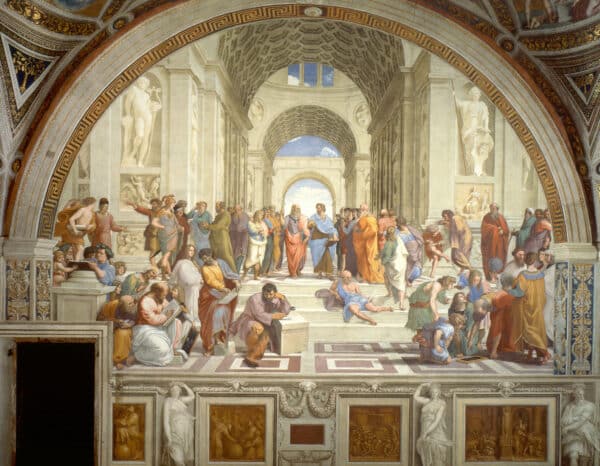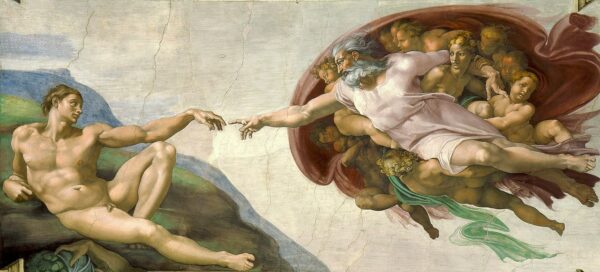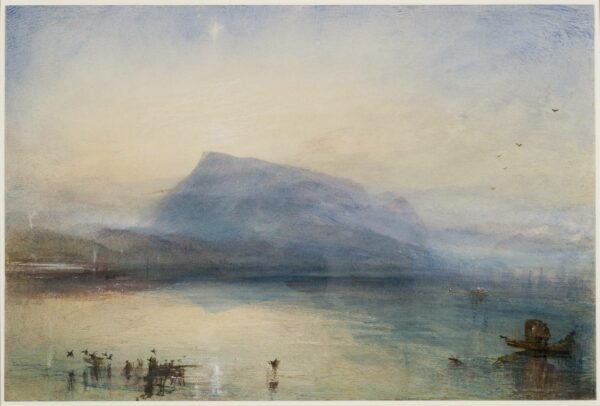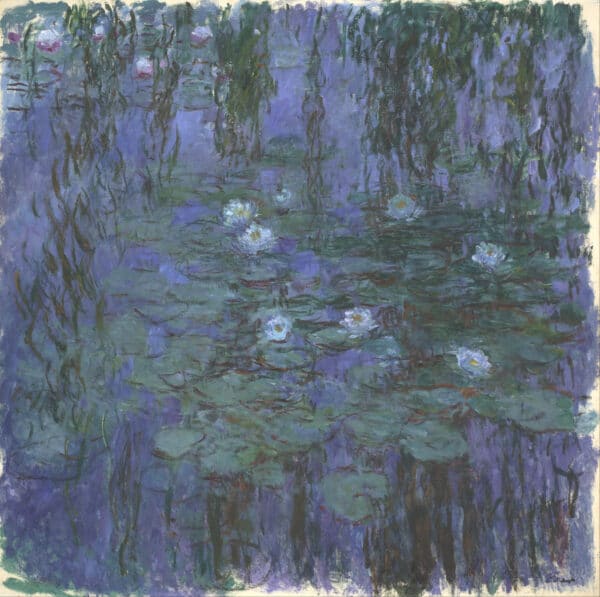The History of Art Academies

Raphael, The School of Athens, 1509-511, Fresco, Apostolic Palace in Vatican City
In 16th century Renaissance Italy, the status of the artist became significantly elevated above that of the craftsman. This was achieved via the formation of the art academy. Prior to these official academies of art, painters, sculptors, draughtsman and other design based professions were grouped together in medieval guilds. As artists sought to gain respect for their talent and the art they produced, heighten their social standing and create a space for artistic education and training, the first art academies were born.
Today, we thought we would have a look into the role played by this integral part of art history, how the academies once worked, their aims, ideals and practices as well as how these things have changed in the modern era.
The Birth of the Art Academy

Michelangelo, The Creation of Adam, c. 1508–1512, Fresco, Sistine Chapel
The first official art academy, the Accademia del Disegno, is understood to have been formed in Florence in 1563. Its creation was instigated by the famous artist and artist biographer Giorgio Vasari, and it was established by his patron the immensely influential Grand Duke Cosimo I de Medici. Led by these two men and Michelangelo, independent artists of the time were honoured to become members. The foundations of the art academy were built upon Vasari, Michelangelo and Cosimo’s ideas, and throughout the next couple of centuries art academies steadily emerged across Europe and America.
By 1790, more than 80 art academies had been established. As organised centres of education via lecturing and practical training, academies of the 1500s were heavily influenced by religion. Between the member artists and the church, they aimed to emphasise the moral role played by art and its depictions as instruction for society.
However, over the next couple of centuries, Europe saw conflict, turmoil and the decline of the church. This meant a shift in the academy’s desired patrons, from solely religious to a wider range of private and wealthy commissioners. Even with this shift however, the established hierarchy of genres was maintained by academies throughout history; some of the most significant, such as Paris’ Académie Royale de Peinture et de Sculpture and London’s Royal Academy of Arts, remain integral in the art scene today.
Art Academy Ideals

Johann Zophany, The Academicians of the Royal Academy, 1771–72 , Oil on Canvas
Since their formation, the creation of artwork produced by members of an academy would follow a general set of ideals. These ideals were based on a unanimous mindset amongst artists of the 1500s, who fundamentally revered and resonated with the art of Old Masters such as Raphael.
Firstly, in the art academy, the principles of classical art were heralded as close to perfection. When in training, a young artist would first have to copy classical paintings and sculptures of antiquity in order to refine their skills as a draughtsman and become a great academic artist.
Draughtsmanship in itself was also a key part of what it meant to be an academician. The word ‘disegno’ (as in Accademia del Disegno) was a term that encompassed the ideals of the academic style. To create art in the Florentine ‘disegno’ manner was to ensure the use of preparatory drawing using clear reference images as well as achieving harmony, proportion and correct perspective in the final composition.
Finally, the last ideal art academies had a fundamental influence over since their conception was the hierarchy of painting genre. Given the didactive ability history painting (historical, biblical and mythological subject matter) had in teaching lessons of morality, it was immediately put to the top of the hierarchy. Following history paintings came portraiture, then landscape, still life and scenes of everyday life. An order which stuck for centuries, before times started to change.
The Role of Art Academies Today

The Blue Rigi, Sunrise 1842 JMW Turner, Watercolour
Given the traditional ideals of European art academies over the course of art history, it is understandable that their role in the modern day has had to evolve. Starting with the Romantics in the late 1700s, and then throughout the 1800s, we saw the emergence of styles which challenged these academic ideals and their hierarchy of genres.
The Impressionists, Post-Impressionists, Fauvists, Cubists, Futurists, Surrealists and Abstract Expressionists (to name a few) are all examples of movements which discarded the artistic conventions initially established in Italy. Formal practices, such as an artist’s use of colour, form, perspective and subject matter, were swapped for expressive brushstrokes, a love of landscapes, painting outside and many more methods moved centre stage.
Nowadays, considering the ever broadening ways in which we produce art, academies seek a balance from being overly traditional in their educational structure and more accessible in the contemporary art landscape. Painting and creating is now far from a restricted art form and contemporary artists can often strive to find their own style without following academic rules or ideals.
Nethertheless, art academies remain significant due to a number of factors. Firstly they continue to offer formal education and structured programmes in various disciplines. Secondly, academies often support the development in preservation, restoration and innovation in research methods. They also frequently serve as custodians of centuries-old traditions, ensuring that classical techniques and philosophies are not lost to time.
Finally, academies still act as a crucial hub for networking and career development for established and emerging artists. For example, the Royal Academy of Art’s annual summer exhibition provides a space for hundreds of artists to display and sell their work, and programmes of visiting artists and lecturers within academies both enrich the practice and inspire a new generation of artists, often providing a catalyst for future collections.
.
The Old and The New

Claude Monet, Water Lilies (Nymphéas Bleus), 1916 – 1919
Francis Bacon often spoke out against the art academy yet, in his studio after his death, he was found to have trained himself in anatomy and movement in the same way academies have taught young artists for centuries. Whilst the role of the art academy may have changed and adapted over time, whether you are an art graduate or a veteran of a life enhancing short course, there remains a glorious link between us and the pioneers of the early art academies. That link being the discourse on art, which the academies sparked, that can be recognised in the ever evolving practices that continue to emerge today.
“A room hung with pictures is a room hung with thoughts.” Joshua Reynolds
(Founding member of the Royal Academy of Art)